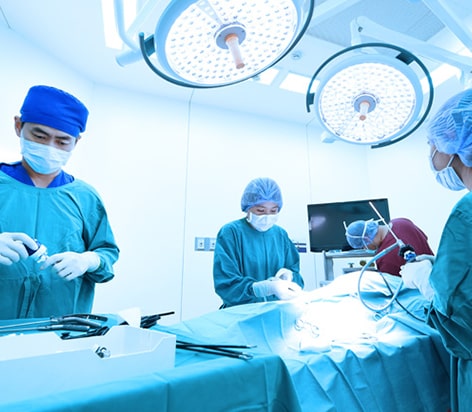
Obstructive sleep apnea is a common sleep-associated respiratory disorder. It occurs due to the intermittent relaxation of the throat muscles that block the airway during sleep. Sleep apnea symptoms include loud snoring, morning headaches, high blood pressure, excessive daytime sleepiness, low libido, and poor concentration.